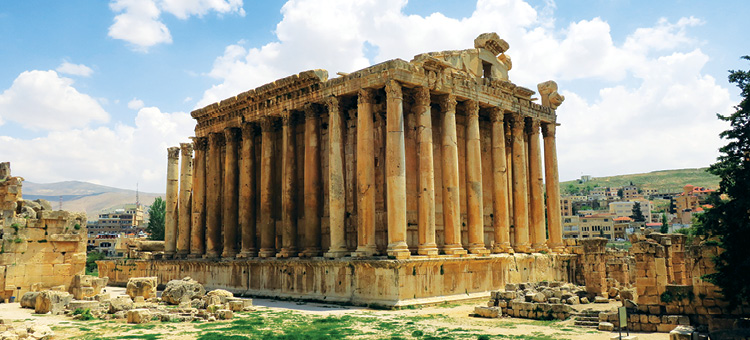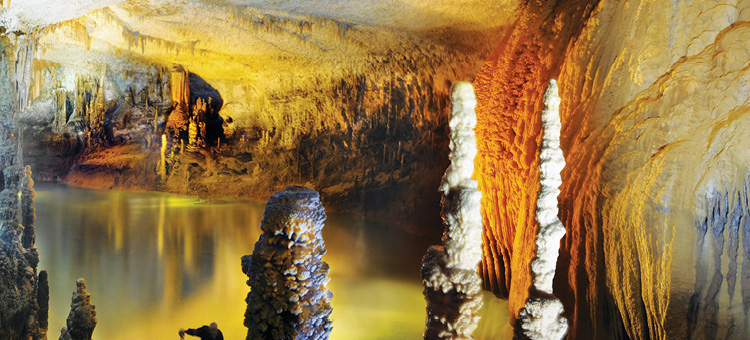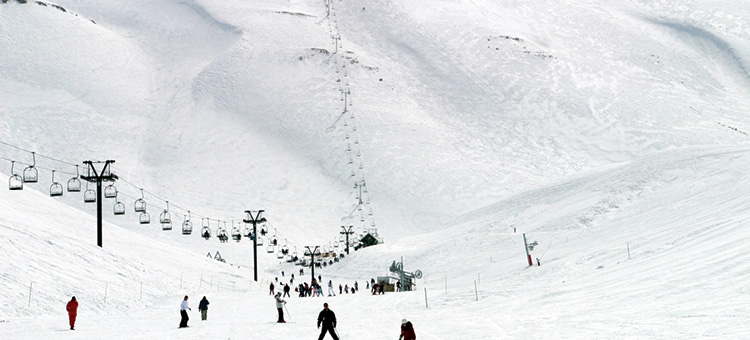Mumbai: Turmoil or not – Tourism in Lebanon, just like any other aspect of life, is resilient. From the Mediterranean-lapped coast, rugged alpine peaks, archaeological marvels to its gastronomic delights, Lebanon is fast regaining its position as a popular destination on the global tourism map. Here, we unveil the unseen Lebanon:
1. Busting a Myth
In the last 12 or 18 months, while Paris, Nice, Barcelona, Berlin, New York, Istanbul and Egypt witnessed issues involving public safety in one form or the other, Lebanon did not record a single untoward incident, which helped increase tourist inflow by 10 per cent in 2017.
2. D for Democracy
Lebanon is a stable democracy with an elected parliament. New President is elected every six years. Having a President from the Christian community and a Muslim as Prime Minister is a testimony to its secular and plural credentials.
3. Hot & Cold
From the warm Mediterranean coast to the snow-clad mountains in winter (December-March), Lebanon presents visitors with a contrasting weather. One can enjoy skiing in the smoky mountains in the morning and take a warm swim in the afternoon. Lebanon also boasts a number of world-class ski resorts.
4. Relics of Rome
Two most preserved historical sites in the world, Baalbek, a Roman temple of Bacchus, and Tyre, one of the unique places in the world with its ancient Hypodrome and seats remain still intact.
5. Fun overdose
Lebanon is 24×7 country that never sleeps. www.beirutnightlife.com has it all. Besides, the well-over 1100 festivals offer seamless fun and entertainment around the year.
6. White Land
In winter, the high peaks are blanketed by snow, lending Lebanon its name, Lubnan, the Arabic word for ‘white’.
10 must-see places in Lebanon
- Beirut, known as ‘Paris of the Middle East’, is the capital and largest city of Lebanon
- Anjar and Baalbek, the most well preserved archaeological sites
- Beittedine Palace (House of Faith)
- Stalactite and Stalagmite caverns of Jeitta Grotto
- Island of Palm Trees, UNESCO-listed site famous for green turtles and rare birds
- Bekaa Valley, the ‘City of the Sun’, is known as the ‘granary’ of the Roman Empire
- Byblos, one of the oldest continuously inhabited cities in the world
- Ksara, Kefraya and Massaya, Lebanon’s best wineries
- Mount Lebanon Range, home to the Cedar Reserves
- Tyre, an ancient Phoenician city and the legendary birthplace of Europa and Dido
Traditionally Progressive
Packed into a land mass 225-km-long and 46-km-wide, Lebanon is approximately the size of Cyprus or Connecticut. The country features in the writings of Homer and in the Old Testament. Its cities were major outposts and seaports during Phoenician and Roman times. The cosmopolitan flair of modern-day Beirut, and an educated and outward-looking population complement a country that is both traditional and progressive in outlook.
Geography
There are four main geographic regions in Lebanon, differentiated by topography and climate. From west to east, they include the coastal plain, the Mount Lebanon Range, the Békaa Valley and the Anti-Lebanon Range. The Anti-Lebanon Range is a stretch of arid mountains that rise to the east of the Békaa Valley and form part of the country’s eastern border with Syria.
Getting There
There are no direct flights connecting Indian cities with Beirut. But most Middle East airlines fly from major Indian cities via their respective hubs to Beirut.
Taste of exoticism
The Lebanese cuisine, resembling Levantine cuisine with its own unique distinctions, combines the exotic ingredients of the Middle and the Far East with the sophistication of European cuisine. Typical Lebanese dishes like hummus, fattoush, za’atar salad and falafel are mouth-watering. Arak, a colourless, unsweetened Anise-flavoured distilled alcoholic drink is every tippler’s fantasy. Lebanon is one of the oldest wine-producing sites in the world. Nargila, the big aromatic Hookah, is a sensory ‘shisha’ indulgence not to be missed.







